We’ve all heard the word knots thrown around when it comes to boats, but wouldn’t it be good to actually know what that means?
And why do sailors use knots instead of MPH anyway? Why can’t they keep things simple and use a speed we’re used to?

There’s a weird reason behind it – and once you hear it, it’ll stick in your head forever. Ready to finally make sense of it all?
Understanding Knots
A knot is a measurement of speed used on water or on a plane. A single knot means travelling at a speed of one nautical mile per hour, which is different from travelling one mile per hour on land.
To understand knots, you also need to understand nautical miles. Nautical miles exist for a number of reasons. It’s harder to measure distance at sea than it is on land, because you don’t get any marker points on the ocean.
Plus, you tend to be travelling longer distances, which means the curvature of the Earth’s surface plays more of a part in the distance that you were travelling.
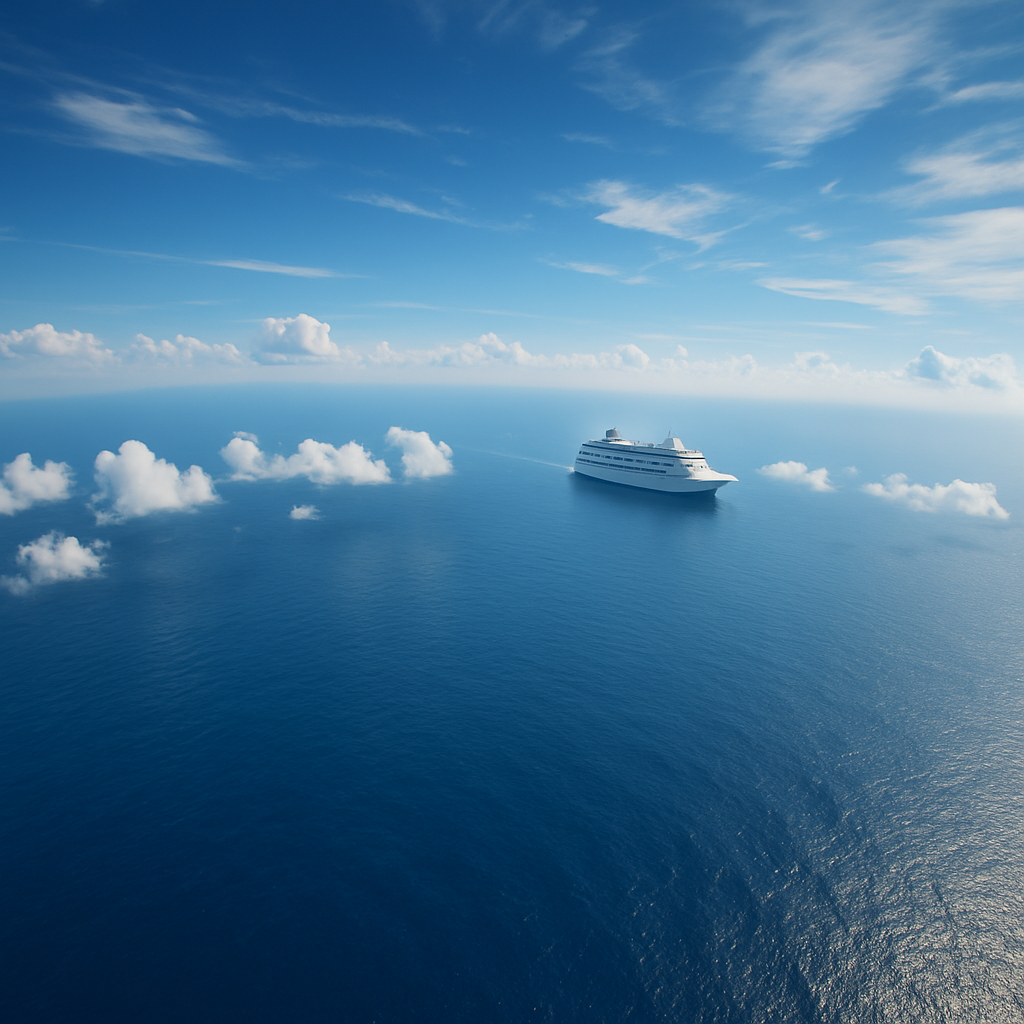
So, a unit needed to be created to measure distance accurately, and the best way to do that was to use the latitudinal and longitudinal coordinates of the Earth.
If you were to split the Earth into 360 equal parts, then each part represents 60 nautical miles. You can then divide each section into 60 minutes of latitude, which just serves to make things even more confusing, because it’s not a measurement of time.
Still, if you imagine dividing the Earth into 360 sections and then splitting each section into 60, that gives you a nautical mile.
And if you travel one nautical mile within an hour, you’re travelling at a speed of 1 knot.
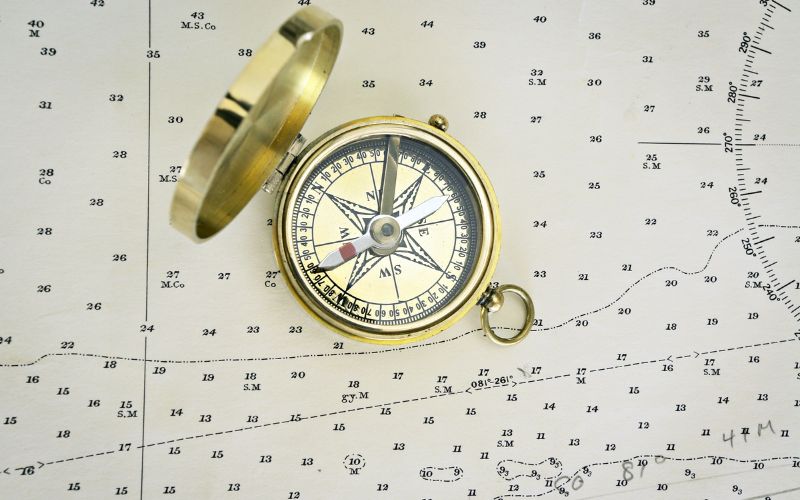
Etymology Of The Knot
‘Knot’ is a historical term, based on when sailors of the 17th century would estimate their sailing speed. They would have a piece of wood called a common log, tied to which would be a rope with knots tied into it at regular intervals.
They would toss the common log into the sea, and then, after a set period of time (perhaps defined by an hourglass), they would count how many knots there were in the sea. And that would be what they called their speed.
The term has now just been adopted to relate to nautical miles travelled.

Knots And MPH
A knot is a measurement of 1 nautical mile per hour. This is the same as travelling 1.15 statute (land) miles per hour. So, how fast is a knot? It’s the same as 1.15 MPH as we would understand it when travelling by land.
And by the same calculation, we can understand that 1 MPH on land is the same as travelling 0.87 knots.
Why Ships Use Knots
A ship’s speed is measured in knots because it is a measurement of speed related to nautical miles – the distance travelled by ships. On a ship, you don’t measure the number of land miles travelled but the number of nautical miles, so using knots – 1 nautical mile per hour – makes much more sense.
Ships have measured their speed in knots since the measurement was first used in the 17th century, although it’s only in the 20th century that the speed was standardised as both the US and the UK adopted the nautical mile as a standard unit of measurement – the US in 1954 and the UK in 1970.
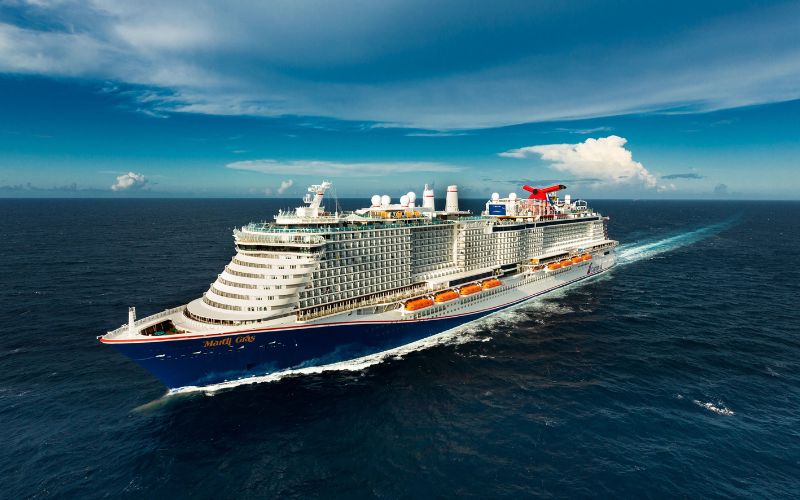
Why Aeroplanes Use Knots
Pilots measure airspeed in knots because it gives a more accurate estimate of the distance travelled, since it accounts for the curvature of the Earth. Having a standard unit also ensures that there is consistency of measurement and that no confusion could lead to accidents.
Remember that miles per hour is not a standard global measurement – many countries instead measure speed in kilometres per hour instead. If you were a pilot in charge of an aircraft, you wouldn’t want to have to worry about which measurement you were being asked to reduce your speed to by air traffic control.
So while the speed may be converted to miles per hour when the pilot gives you updates on your flight, that’s only because it’s easier for us to understand that scale. When talking to the people on the ground, they will be talking in knots.
Obviously aircraft travel at a rate of knots that isn’t comparable to ships on the ocean – they are significantly faster. A 747 jet travels at a cruising speed of just below 500 knots, while cruise ships will typically travel at an average of 20 knots.
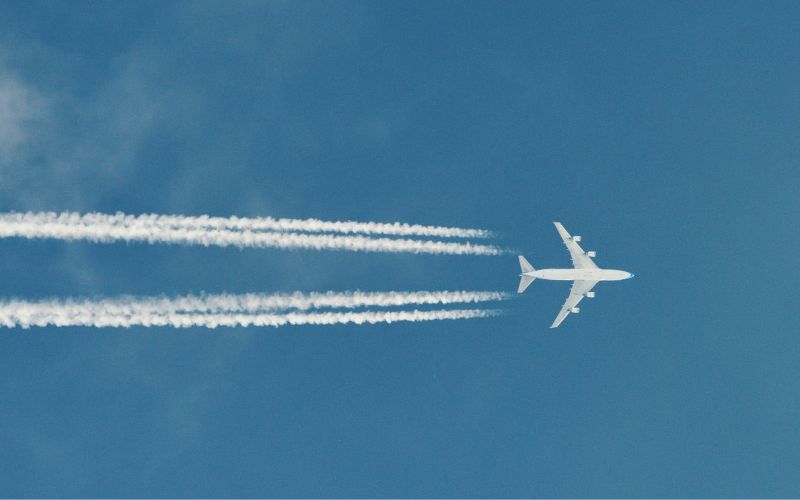
1 Knot Vs 1 MPH
1 knot is 15% faster than 1 MPH. If you were travelling at 1 knot, you would be travelling at 1.15 miles per hour, which would mean you would travel 1.15 miles within that hour. If you travelled at 1 MPH, you would only travel 1 mile in that same time.
The math can get confusing, since 1.15 MPH is a bigger number, but remember that’s the distance travelled. The further you travel in the same amount of time, the faster you’re going.
In case you work in KM/H and want to know the kilometres to miles per hour math, 1.15 MPH is the same as 1.85 KM/H.
So if you’re travelling at a speed of 20 knots (as most cruise ships do), you’re travelling faster than 20 miles per hour, because you’re actually travelling around 23 miles per hour.
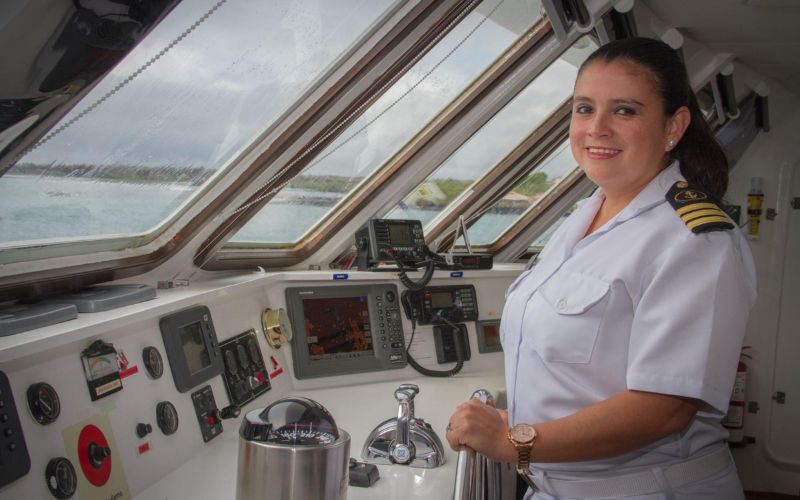
Interesting Knot Facts
Travelling at 10 knots is the same as travelling at 11.5 miles per hour. This is roughly the same speed as was run by Tiki Gelana of Ethiopia, the world record holder for the women’s marathon, which was set in 2012.
20 knots is approximately the same as 23 miles per hour. This is the cruising speed of most cruise ships when they travel, and is also the same speed that Usain Bolt ran when he set a world record of 9.58 seconds for running the 100 meters.
21 knots is roughly the same as travelling at 24 miles per hour. This is a typical speed achieved by professional cyclists over longer routes, and is roughly the same speed that many cruise ships travel.
30 knots is around the same as 34.5 miles per hour, which is normally the top speed of most modern cruise ships. At this speed, it takes approximately four full days (96 hours) to cross the Atlantic Ocean, although most cruise ships don’t run at maximum speed for the duration.
Travelling at 40 knots is the same as travelling at just over 46 miles per hour. Not many boats tend to cruise at 40 knots, but one notable one does – at Disney World, the Splash Mountain drop travels at almost this exact speed, if only for a couple of seconds.
Travelling at 50 knots is about the same as travelling at 57.5 miles per hour. Professional sailboats have been trying to break the 50-knot barrier in recent years and managed it in 2019 using wind power alone.
60 knots is the same as around 69 miles per hour, which puts it on a par with the speed limit of many freeways in the US. Some high-performance speedboats can get close to these speeds.
A speed of 120 knots is the same as travelling at just over 138 miles per hour. This is the top speed of many cars that are commercially available, with most speedometers stopping at either 140mph or 160mph.
Final Word
So, a “knot” isn’t just sailor slang, it’s a clever, centuries-old system rooted in the Earth’s geometry and maritime tradition.
Whether you’re on a cruise ship gliding along at 20 knots or hearing your pilot mention 500 knots mid-flight, you’re now in on the secret. One knot equals 1.15 MPH, and it all started with sailors tossing wood and counting rope knots in the sea.
Next time someone throws around the term, you won’t just nod, you’ll know exactly what it means (and probably have a fun fact to throw back at them).
TODAY’S BEST CRUISE DEALS!
Don’t miss these offers…
Related Posts:
- How Fast Do Cruise Ships Go?
- What Is A Ship Pilot And What Do They Do?
- How Do Cruise Ships Get Fresh Water?

Jenni Fielding is the founder of Cruise Mummy. She has worked in the cruise industry since 2015 and has taken over 30 cruises. Now, she helps over 1 million people per month to plan their perfect cruise holidays.

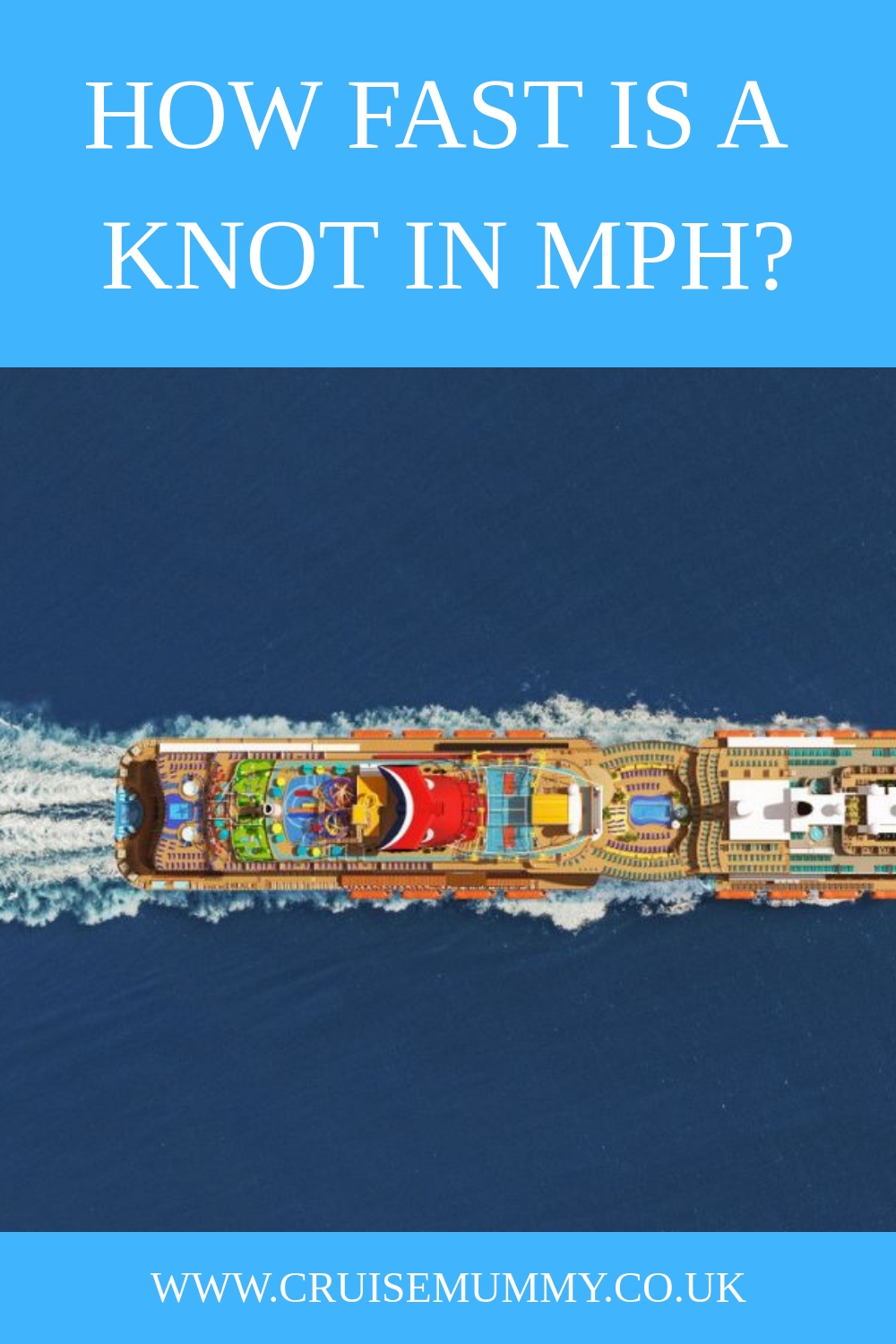

As an ex-naval aviator, I would ask: ” Why can’t they keep things simple and use a speed we’re used to?” but why can’t we use the far more useful and internationally understood ‘Knot’?
Jenni,
Thanks for the insight on the knot and nautical distance. I often have wondered where they had come from.
I have decided knot to tell you
Good one haha!